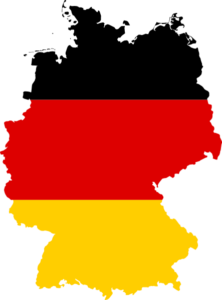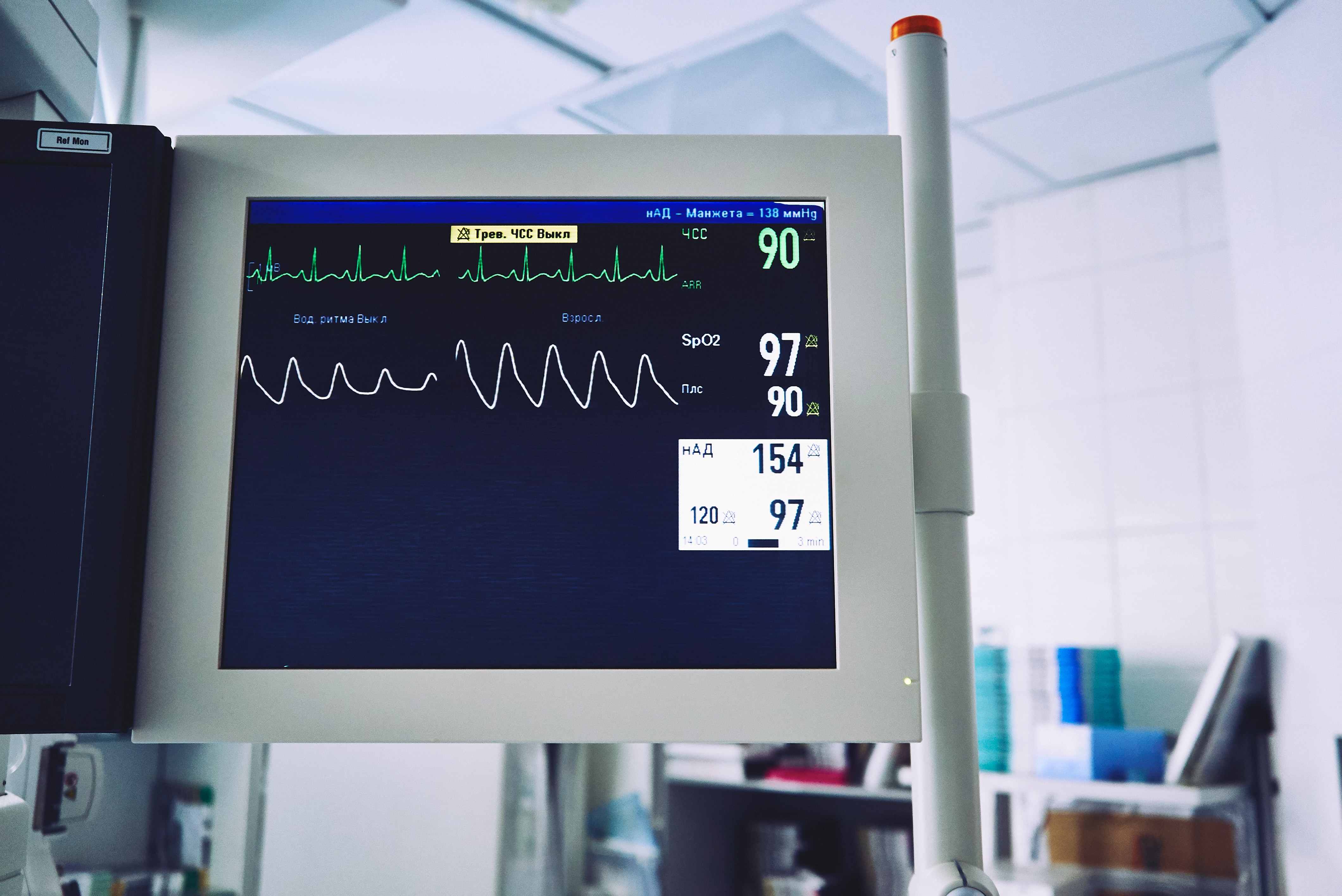In der heutigen Zeit gewinnt die nachhaltige Energieerzeugung unaufhaltsam immer mehr an Bedeutung. Angesichts der drängenden globalen Umweltprobleme suchen Menschen verstärkt nach innovativen Lösungen, um ihren ökologischen Fußabdruck zu minimieren. In diesem Kontext erweist sich das faszinierende Konzept des 800 Watt Balkonkraftwerk als ein vielversprechender Durchbruch. Dieser Ansatz, der gegenwärtig auf dem Vormarsch ist, rückt die Macht der erneuerbaren Energie in den Mittelpunkt Ihres Alltags.

Das Balkonkraftwerk 800 Watt repräsentiert eine bemerkenswerte Synergie aus Technologie und Umweltbewusstsein. Dieses innovative System nutzt die unerschöpfliche Kraft der Sonne, um auf Ihrem eigenen Balkon eine nachhaltige Energiequelle zu schaffen. Die im Modul integrierten Solarzellen fangen Sonnenlicht ein und wandeln es direkt in sauberen Strom um. Dieser erneuerbare Strom kann vielfältige Anwendungen im Haushalt unterstützen, von Beleuchtung über Unterhaltungselektronik bis hin zu Haushaltsgeräten. Gleichzeitig gehen Sie über das Generieren von Energie hinaus: Sie tragen aktiv zur Umweltleistung bei, indem Sie Ihre Abhängigkeit von nicht erneuerbaren Energiequellen verringern und Treibhausgasemissionen reduzieren.
Wie funktioniert ein Balkonkraftwerk 800 Watt?
Ein Balkonkraftwerk 800 Watt ist eine innovative Technologie, die die natürliche Kraft der Sonnenenergie nutzt, um umweltfreundliche elektrische Energie zu erzeugen. Dieses intelligente System bringt die Energieerzeugung direkt zu Ihnen nach Hause, indem es kleine, effiziente Photovoltaik-Module verwendet, die geschickt auf Ihrem Balkon platziert werden. Diese Module sind mit hochentwickelten Solarzellen ausgestattet, die in der Lage sind, Sonnenlicht in elektrische Energie umzuwandeln.
Der Prozess ist faszinierend: Die Solarzellen absorbieren das einstrahlende Sonnenlicht und setzen es in Bewegung um, wodurch elektrische Ladungen erzeugt werden. Diese Ladungen werden dann durch einen internen Mechanismus in den Photovoltaik-Modulen gesammelt und zu einem nutzbaren elektrischen Strom umgeformt. Dieser erzeugte Strom kann entweder sofort genutzt werden, um Ihre elektrischen Geräte zu betreiben, oder er kann über einen Wechselrichter in Wechselstrom umgewandelt und ins Stromnetz eingespeist werden, wodurch Sie möglicherweise sogar Energie zurückgeben können.
Die Vorteile eines Balkonkraftwerks
Die Entscheidung, ein 800 Watt Balkonkraftwerk zu installieren, bringt eine Vielzahl von Vorteilen mit sich:
- Umweltfreundlich: Durch die Nutzung erneuerbarer Energiequellen tragen Sie aktiv zum Klimaschutz bei und reduzieren Ihren ökologischen Fußabdruck.
- Kosteneinsparungen: Die Sonnenenergie ist kostenlos verfügbar, was langfristig Ihre Energiekosten senken kann.
- Unabhängigkeit: Sie werden unabhängiger von großen Energieversorgern und steigenden Strompreisen.
- Einfache Installation: Die Installation eines Balkonkraftwerks ist in der Regel unkompliziert und erfordert keine aufwendigen Baumaßnahmen.
Installation und Nutzung
Die Installation eines Balkonkraftwerks 800 Watt ist denkbar einfach:
- Standortwahl: Wählen Sie einen sonnenexponierten Bereich auf Ihrem Balkon, um die maximale Sonneneinstrahlung zu gewährleisten.
- Montage: Befestigen Sie die Photovoltaik-Module gemäß den Anweisungen des Herstellers auf Ihrem Balkon.
- Anschluss: Schließen Sie das Kraftwerk an einen Wechselrichter an, um den erzeugten Gleichstrom in nutzbaren Wechselstrom umzuwandeln.
- Stromnutzung: Der erzeugte Strom kann nun entweder direkt für Ihre elektrischen Geräte genutzt oder ins Stromnetz eingespeist werden.
Fazit
Ein Balkonkraftwerk 800 Watt bietet eine großartige Möglichkeit, saubere Energie direkt bei Ihnen zu Hause zu erzeugen. Mit seinen zahlreichen Vorteilen und der einfachen Installation ist es eine lohnende Investition in eine nachhaltige Zukunft. Machen Sie Ihren Balkon zu einer grünen Energiequelle und tragen Sie aktiv zum Umweltschutz bei.
Bereichern Sie Ihren Alltag mit umweltfreundlicher Technologie – entscheiden Sie sich noch heute für ein Balkonkraftwerk 800 Watt!














